Road Test of the Year 2017: Range Rover Velar
The Range Rover Velar sits above the Evoque and below the Sport. Is it the perfect middle ground? Jon Reay finds out

As manufacturer turnarounds go, it’s hard not to be amazed by what Land Rover has achieved in the last 15 years or so. Let’s not forget that back in 2002, its idea of a luxurious compact-ish SUV was a first-generation Freelander with some leather tacked on the door cards.
Even the bigger Discovery, still largely based on a model from 1989, was looking pretty ancient next to car-like rivals from Volvo and even Porsche.
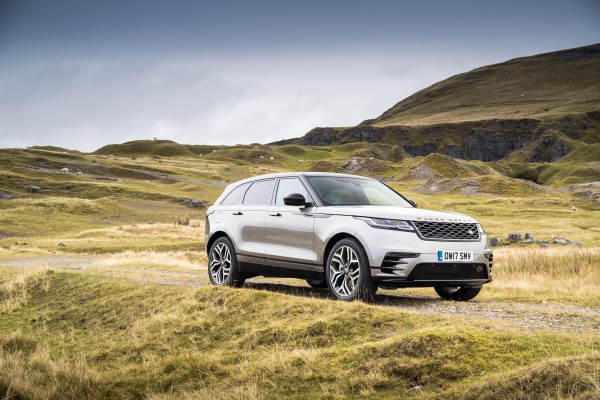
Fast forward to 2017 though and it feels as though we’re tripping over properly premium products from Land Rover. The mumsy Freelander and its Rover parts bin interior are long gone – replaced by posher models such as the glitzy Evoque and attractive Discovery Sport.
The full-fat Range Rover now has enough technology and bespoke options to start treading on Rolls Royce’s toes, while the Range Rover Sport and now- gigantic Discovery aren’t far behind either.
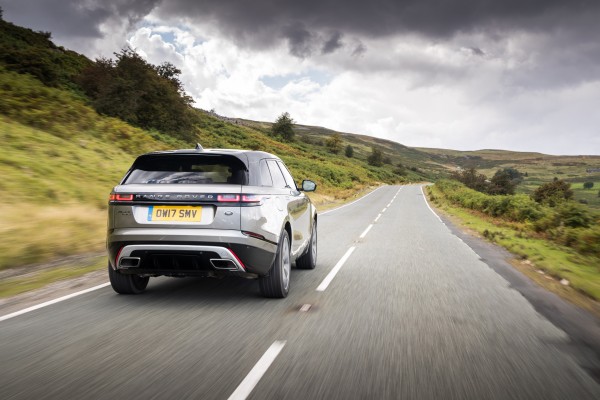
That leaves us with the Velar: arguably the most road-focused Land Rover to exist – for the moment at least.
Before you even so much as unlock it, it’s clear that the Velar is like nothing that the brand has ever seen before. The usual Range Rover styling cues are there of course – the floating honeycomb grille, wraparound headlights and clamshell bonnet to name a few – but it somehow manages to avoid looking like an Evoque stuck through a photocopier on 150 per cent enlarge setting.
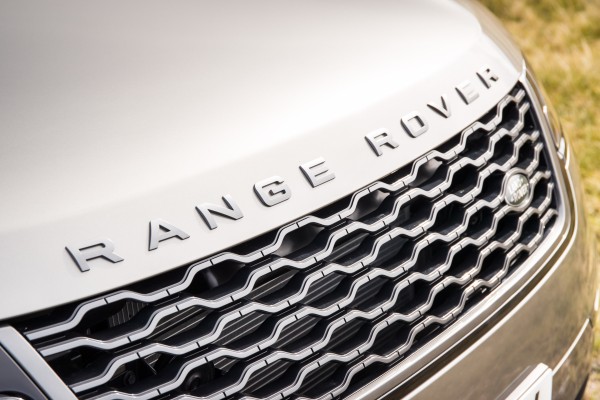
In fact, its styling is pure concept car – lines that look like they’ve been cut with a scalpel, gigantic arch-filling alloy wheels, and door handles that disappear flush into the bodywork.
Most car makers aren’t brave enough to follow that sort of thing through to production, so it seems incredible that Land Rover – a company that doggedly hung onto a design as decrepit as the Defender for over 30 years – would be the one to do it.
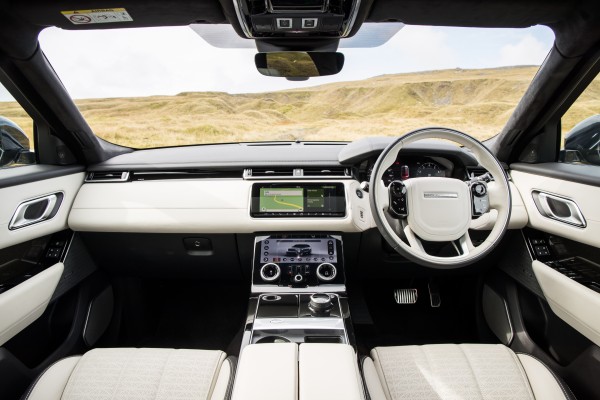
The interior, as it turns out, is just as surprising. A motorised, giant smartphone-like widescreen display looks after everything from navigation to parking sensors – not unlike the system in the Evoque, Discovery Sport et al.
What’s new is the second screen below it that controls climate and vehicle settings. Flush with the centre console trim and almost edge-to-edge, it (quite rightly) looks like the car was born with it in place, rather than being tacked on as an interior afterthought. Best of all, unlike JLR’s earlier infotainment efforts, it seems like this one actually works as intended, too.
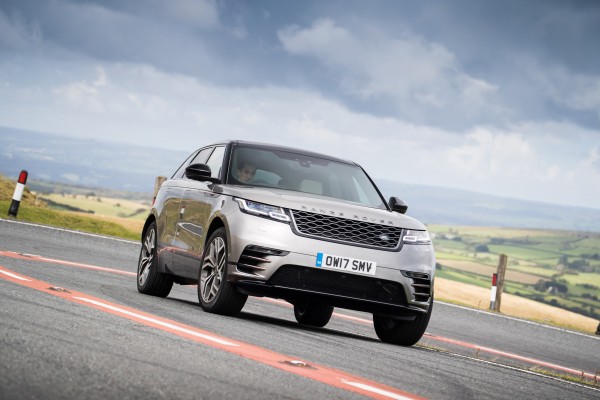
The real question mark is how the most car-like Range Rover yet should feel to drive. In a bid to save weight, Land Rover has dumped some of the usual off-roading addenda – there are no low-range cogs in the gearbox for example – but our particular Velar still isn’t exactly a Caterham 7, tipping the scales at nearly two tonnes with a driver on board. That said, it’s a lot more lithe than its yacht-like Range Rover bigger brothers, and body roll is kept surprisingly well in check.
On the winding, often slippery, roads of Brecon it feels pretty capable for something of its size, but a rewarding driver’s car it is not. The steering, while a reasonably quick ratio, offers up nothing in the way of feedback, and there’s an innate sense of detachment that you won’t find in more road-focused rivals from Audi and Porsche.
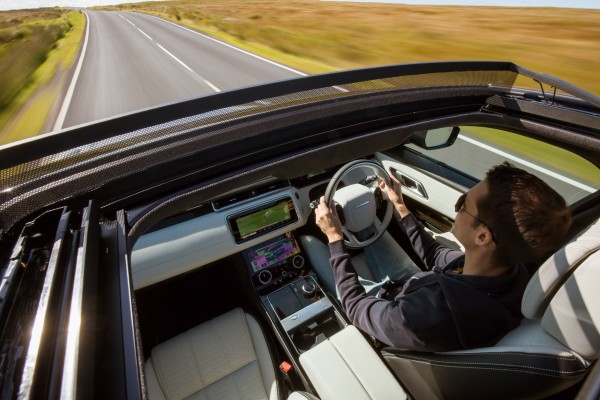
Similarly, our supercharged P380 model’s 3.0-litre petrol V6 isn’t much to write home about either. With 375bhp on tap, it’s not short of power, but at full throttle there’s a disappointingly whiney cry rather than the warm, barrelling roar Jaguar manages to coax out of it in the F-Type.
Driving anything short of an SVR-badged Range Rover at 10/10ths is missing the point, though: this is a car designed to comfort and cocoon you rather than thrill, and in this respect the Velar is peerless. Supple air suspension, a well-insulated cabin filled with sumptuous materials, a lack of the kind of design sterility that still blights German rivals – all inherently Range Rover-like qualities, and all present and correct in the Velar.
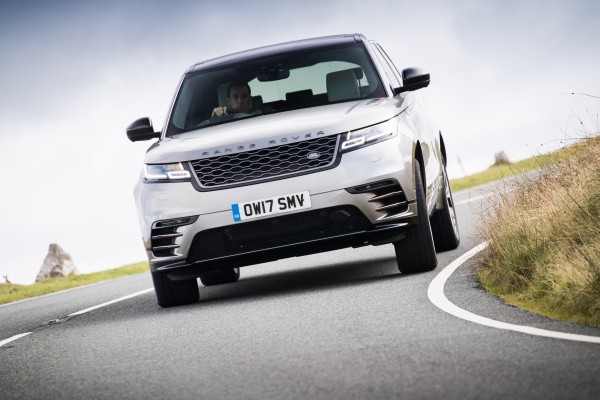
Perhaps the most impressive thing of all is that the Velar – a car which was created simply to plug a gap in the Range Rover line-up, let’s not forget – has any character of its own at all.
It could’ve become JLR’s Audi Q5 or BMW X3 – a capable but forgettable creation designed from a template, with no thought given to USPs or redeeming features of its own.
But Land Rover has forged its own path, and in the process created something that’s not only quite different from anything it’s made before, but poles apart from its rivals too.
For that alone it deserves some recognition, but the fact that the Velar is an incredibly desirable and well-executed – if not perfect – package too, is worthy of a round of applause.
By Jon Reay
FACTS AT GLANCE
Price (as tested): £86,195
Engine: 3.0-litre V6 petrol
Power: 375bhp, 450Nm
Top speed: 155mph
0-60mph: 5.3 seconds
Fuel economy: 30.1mpg
Emissions: 214g/km





